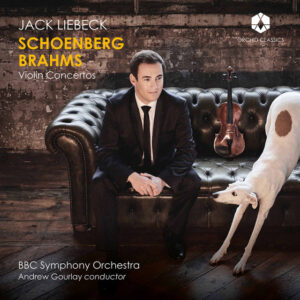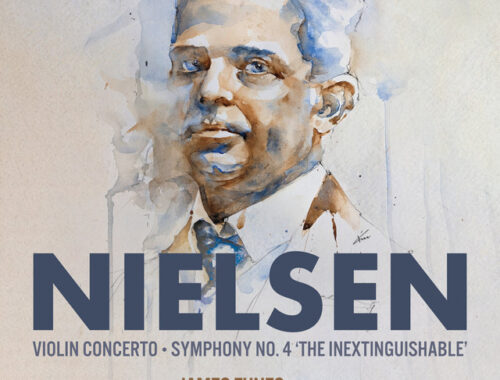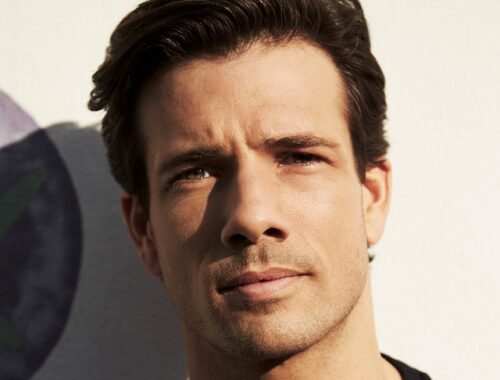GRAMOPHONE Review: Brahms / Schoenberg Violin Concertos – Jack Liebeck, BBC Symphony Orchestra/Gourlay
 The beauty of this coupling lies with the way in which two such highly distinctive works impact upon each other. The Brahms feels more radical for the proximity of the Schoenberg; the Schoenberg feels more romantic for for the proximity of the Brahms.
The beauty of this coupling lies with the way in which two such highly distinctive works impact upon each other. The Brahms feels more radical for the proximity of the Schoenberg; the Schoenberg feels more romantic for for the proximity of the Brahms.
For Jack Liebeck the choice of coupling is clearly a big statement in itself, one that informs the way he plays each piece. There are parallels in their proportions for sure but equally (and this is certainly true if you listen to both in quick succession) an acute sense of ‘befores and afters’. It’s amazing how the effusive lyricism of the Schoenberg feels freed not inhibited by the strictures of serialism. With Brahms in mind you relate more readily to the work’s passionate nature; the oblique harmonic language is less challenging – the beauty is in its complexity. And the longing three-note motif on which the whole piece hangs feels more radical when it is presented ‘unadorned’ at the start and finish of the first movement. It is unchanged at the close of the movement and yet completely altered by the journey it has taken.
The virtuosity and fine detailing of Liebeck’s playing is pretty jaw-dropping but so too is the jewelled precision and sheer lucidity of what Andrew Gourlay and the BBC Symphony Orchestra achieve with the multi-layered orchestral writing. I love the distilled moments that suddenly open up amidst all the shimmer and agitation. The work’s Neo-romanticism achieves a startling clarity in the latter part of the central Andante graziosa – a recollection of ‘the before’.
In the more familiar territory of the Brahms, where the competition is hotter, not to say legendary, one might miss a degree of opulence, grandeur, and scale in the orchestral presentation despite the dark and very expansive complexion of the opening. But the gauntlet is very much flung down with Liebeck’s first entry – fierce and thrilling. Indeed all the fiery arpeggios, blistering figurations and dramatic double-stopping burn brightly. There’s a clear dynamic between action and repose, the lyricism as sweet as the fireworks are brilliant. And there are lots of very personal, confidential, touches in Liebeck’s reading: the hushed return of the first subject prior to the first movement coda for one – rapt and breathtakingly inward. And again, what player does not make capital of what the first oboe hands him or her in the slow movement.




